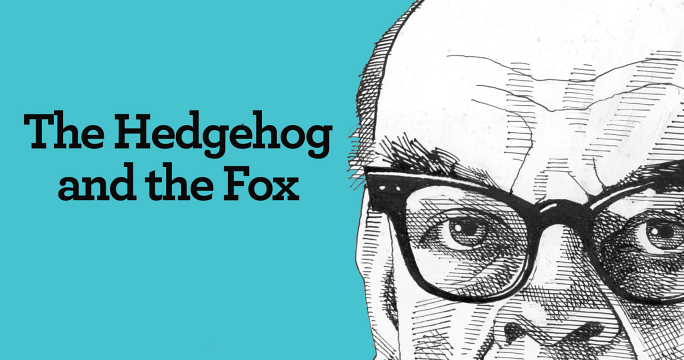Does Native Advertising Face A $3 Billion Question?
Predictions about native advertising’s medium-term impact are both short-sighted and simplistic.

In 1973, the Wall Street Journal quoted a professor: “Academic politics is the most vicious…because the stakes are so low.” Thereafter, the idea (that the intensity of a dispute is inversely proportional to its stakes) was named after the professor: Sayre’s Law.
Sayre’s law applies very well to native advertising. According to Forrester data, digital advertising dollars are today some 20% of traditional advertising dollars. Of those scarce digital ad dollars, something far less than 10% goes to anything that could be characterized as native advertising.
Perhaps that’s why the dispute has been so vitriolic (at least, by advertising’s standards).
The day after the New York Times launched a redesign to facilitate more native advertising, Tom Foremski, a media commentator, said: “Native advertising is the world’s worst idea and I can’t believe the New York Times management is so gullible and clueless in agreeing to its publication.”
He joins an authoritative cast of native advertising skeptics. Another, Bob Garfield, described native advertising to the Federal Trade Commission as something akin to bat poo. Even Barclays Capital believes the practice peaked in 2012 and will shrink to a less than $500 million market by 2017.
On the other hand, many publishers, vendors and prognosticators are sanguine with respects to native advertising’s prospects. eMarketer projects the market to double between 2012 and 2017, up to more than $3.2 billion. Jefferies, an investment bank, predicts a faster growth rate. (For both, see the same eMarketer link for the Barclays Capital estimate). JP Morgan even suggested that native would swallow all digital advertising.
I believe the striking differences can be explained by ambiguity in use of the phrase “native advertising” and overly confident projections about its future (for better or worse) based on too little data.
First of all, native advertising can comprise everything from the sponsored content that the New York Times has begun to host on its site to the Suggested Pages that pop up in Facebook users’ feeds; some groups use the blanket term when they just mean one or the other, leading to unfortunate conflation.
The second, and more dangerous, difference stems from extrapolation from far too little data.
The long-term value of native advertising will depend on a variety of factors that aren’t easy to predict – foremost among these being readers’ response to it. We simply cannot say how readers will behave with respect to higher volumes of native advertising, and anyone who says otherwise should be listened to with caution.
The evidence at hand is not conclusive. We each have our personal impression of advertorials or ads that pop up in our Facebook or Twitter feeds – largely negative, I would hazard. A study undertaken by Harris Interactive for MediaBrix reported that up to 86% of respondents had felt misled by native advertising (though the wording of the study suggested deception). Another study from the University of San Francisco School of Law found that one-third of consumers don’t care if content is sponsored or not (50% did not even know what sponsored meant). And, based on my own research for a report on native advertising for marketers, there are certainly enough examples of successful campaigns to suggest that native advertising could be accepted, or even sought after, by readers.
In short, all we have are bits and pieces of a puzzle, at a relatively early moment in the game and face a future where multiple actors on the publisher, advertiser and technology vendor side can and will change to influence readers’ expectations (not to mention all of the external factors that could positively or negatively impact native advertising’s fortunes).
When trying to predict highly uncertain scenarios, we should not use a grand theory to arrive at sweepingly positive or negative predictions. Rather, we should absorb as many signals as we can to arrive at a nuanced and conservative position. A chain of thinkers, most recently Nobel prize-winning psychologist Daniel Kahneman in his book Thinking, Fast and Slow, cite this difference of thinking as that of the hedgehog versus the fox (via an essay by Isaiah Berlin). The hedgehog confidently stands behind one big theory to explain unpredictable situations; foxes take a more complex approach with lots of small signals and display far less confidence. It turns out that foxes make far more accurate predictions.
So, when considering how readers will respond to native advertising in the long run, what does a foxy approach look like?
That’ll be the subject of the second part of this two-part post (coming next week).
